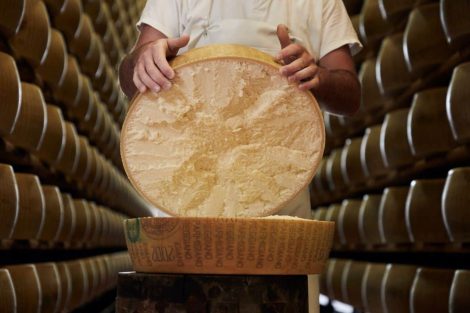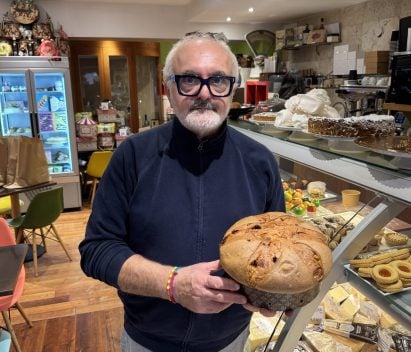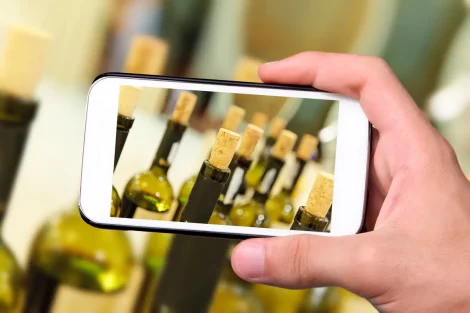It's easy to succumb to the enchantment of watching wine bottles, placed on the seabed twelve months ago at nearly 50 meters depth, resurface from the sea. This is even more captivating when in front of the sea stacks of Acitrezza, the first testimonies of the volcano when Etna did not yet tower over Sicily. The allure increases when thinking of Ulysses, who in the same sea escaped Polyphemus' wrath, who threw those very volcanic rocks at him. The siren song in this case is the powerful storytelling mixed with legend. But beyond the temptation, evidence emerges: the sea indeed affects the evolution of wines. The tasting proof is indisputable. No additional minerality or saltiness, but simply a temporal journey into the future. But let’s go step by step.
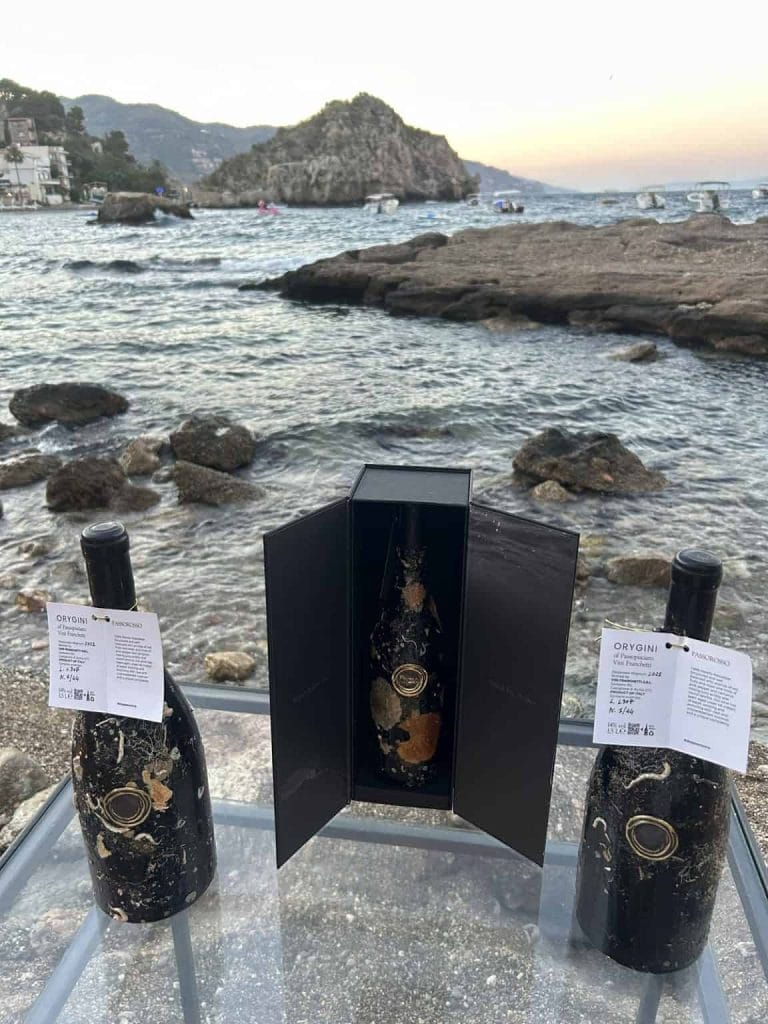
An accelerator of maturation time
The experimental project began two years ago with the Sicilian startup Orygini (founded by Giuseppe Leone, Riccardo Peligra, and Luca Catania) in partnership with the University of Catania and the Protected Marine Area Isola dei Ciclopi. Two wineries were involved, with around 2,000 bottles taken to a depth of 48 meters: Benanti and Passopisciaro. The aim is to understand the scientific effects of the sea on the bottles, so the experimentation examines the evolution of the wines during their underwater stay, through the analysis of samples taken by specialized divers month after month. “So far, studies on underwater wines are mostly based on pre- and post-immersion chemical analysis. Our goal, instead, is to produce a scientific publication that documents the results. At the moment, we can say that the wine evolves differently than wine aged on land, showing characteristics usually achieved after 3-4 years. But we’d like to substantiate this with scientific data, which is why the studies continue,” explains Luca Catania.
If this path proves correct – and current tastings confirm it – it would mean having a “ready” and more complex wine in just 12 months, without this happening through oxidation, thus retaining further aging potential. This would have a significant economic impact on the market for Etna wines (or other wines in the future) that require a long time before being released to the global market. Each wine interacts differently with the sea: “We are very curious to understand the impact on sparkling wines, considering the natural and continuous remuage they would undergo 24/7 thanks to the sea’s movement. We will start with those soon,” concludes Catania.
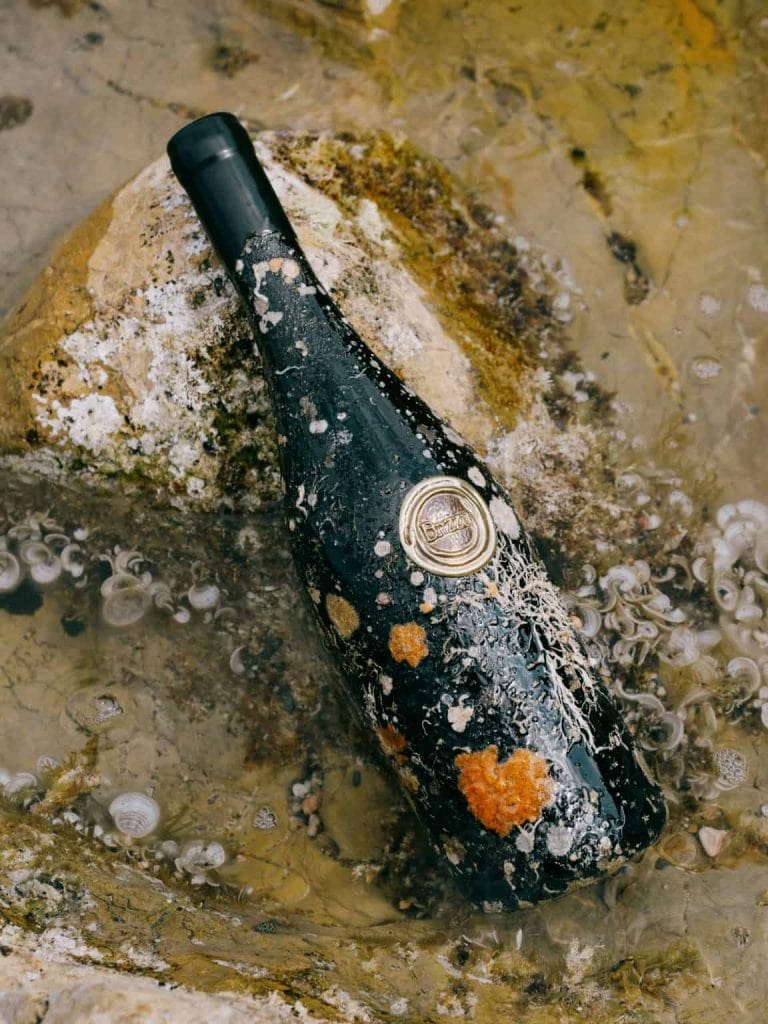
Sustainability, but without further cellar steps
Another advantage – much debated in the underwater wine discussion – is cutting the costs of classic aging by using the sea as the ideal place for natural aging. So-called underwater aging favors energy savings by creating a naturally refrigerated environment for the bottles without needing climate control or thermally isolated cellars, resulting in significant energy and logistical savings. But to achieve this, it’s essential to avoid preliminary cellar steps, which has been overlooked by those working on underwater aging. “This is the direction we are moving in,” says Riccardo Peligra. “The new underwater samples have not undergone additional cellar aging, which adds value in terms of sustainability.” According to a Life Cycle Engineering study, for each 0.75cl bottle during the cellar aging phase, about 0.68 kg of CO2 is consumed. Thanks to the ideal and constant temperatures at 50 meters below sea level, approximately 680 kg of CO2 could be saved per 1,000 submerged bottles.

The time factor
Currently, the first wines aged for 12 months in the sea can be tasted at the Brizza restaurant at the Belmond Villa Sant’Andrea in Taormina, thanks to the Orygini for Brizza special edition, featuring two Etna whites and a red: Contrada Rinazzo 2021 Benanti, Passobianco 2019 Passopisciaro, Etna Bianco 22 Benanti, and Passorosso 2021 Passopisciaro. “The absence of light, the primordial silence, the constant pressure and temperature, all cradled by the tides, make these wines even more unique. Added to this is the patented special protective cap that counterbalances the sea pressure, bringing up a product intact without added sand and, above all, without the wax that usually seals (and dirties) underwater-aged bottles,” reveals the restaurant’s wine manager, Giuseppe Androne.
“Our participation in the project stems from the desire to scientifically understand what really happens to our wines underwater,” says producer Salvino Benanti. “It also helps us to better understand and explore the Carricante grape and see if there is really the possibility of a different evolution compared to the norm. In some way, it’s like gifting ourselves and our consumers time, which I believe is invaluable.”

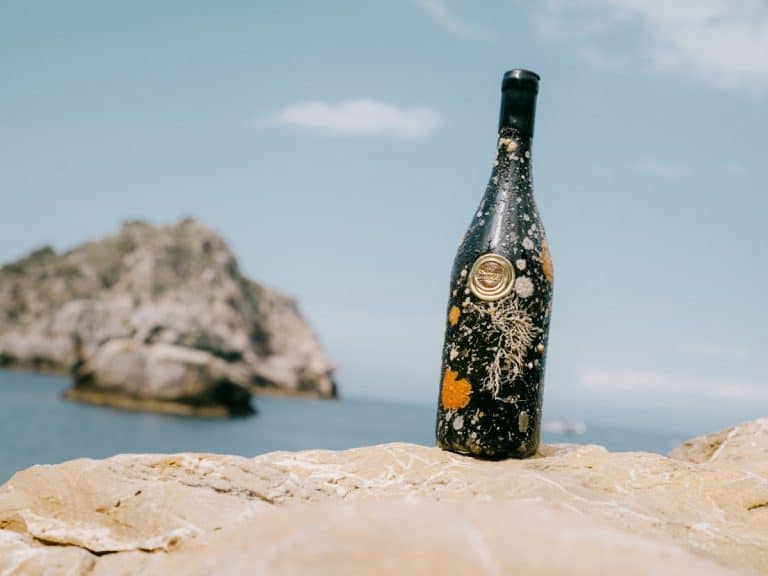
 Io Saturnalia! How to celebrate the festive season like an Ancient Roman
Io Saturnalia! How to celebrate the festive season like an Ancient Roman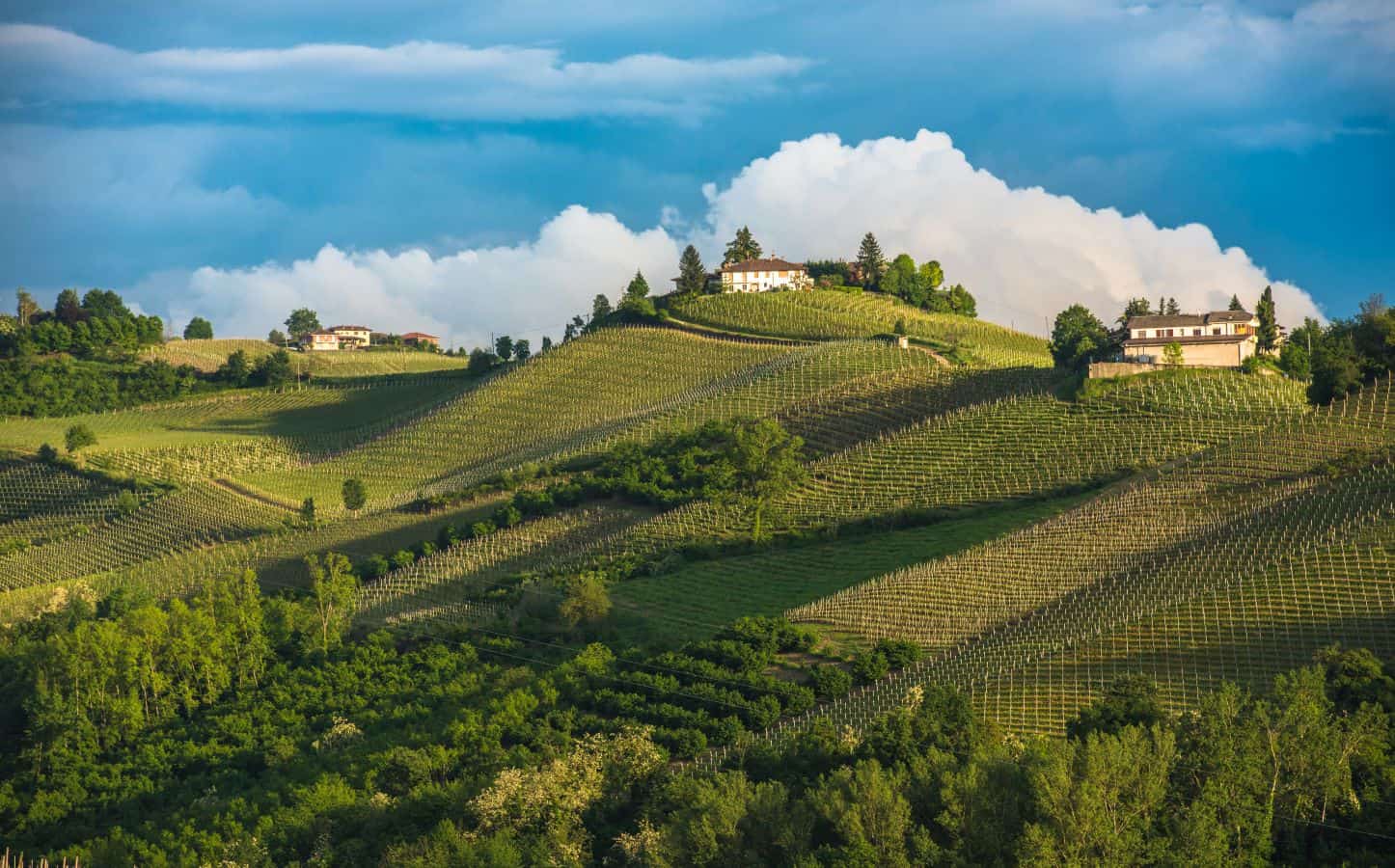 The UNESCO effect: tourism is growing, but there is a risk of losing identity
The UNESCO effect: tourism is growing, but there is a risk of losing identity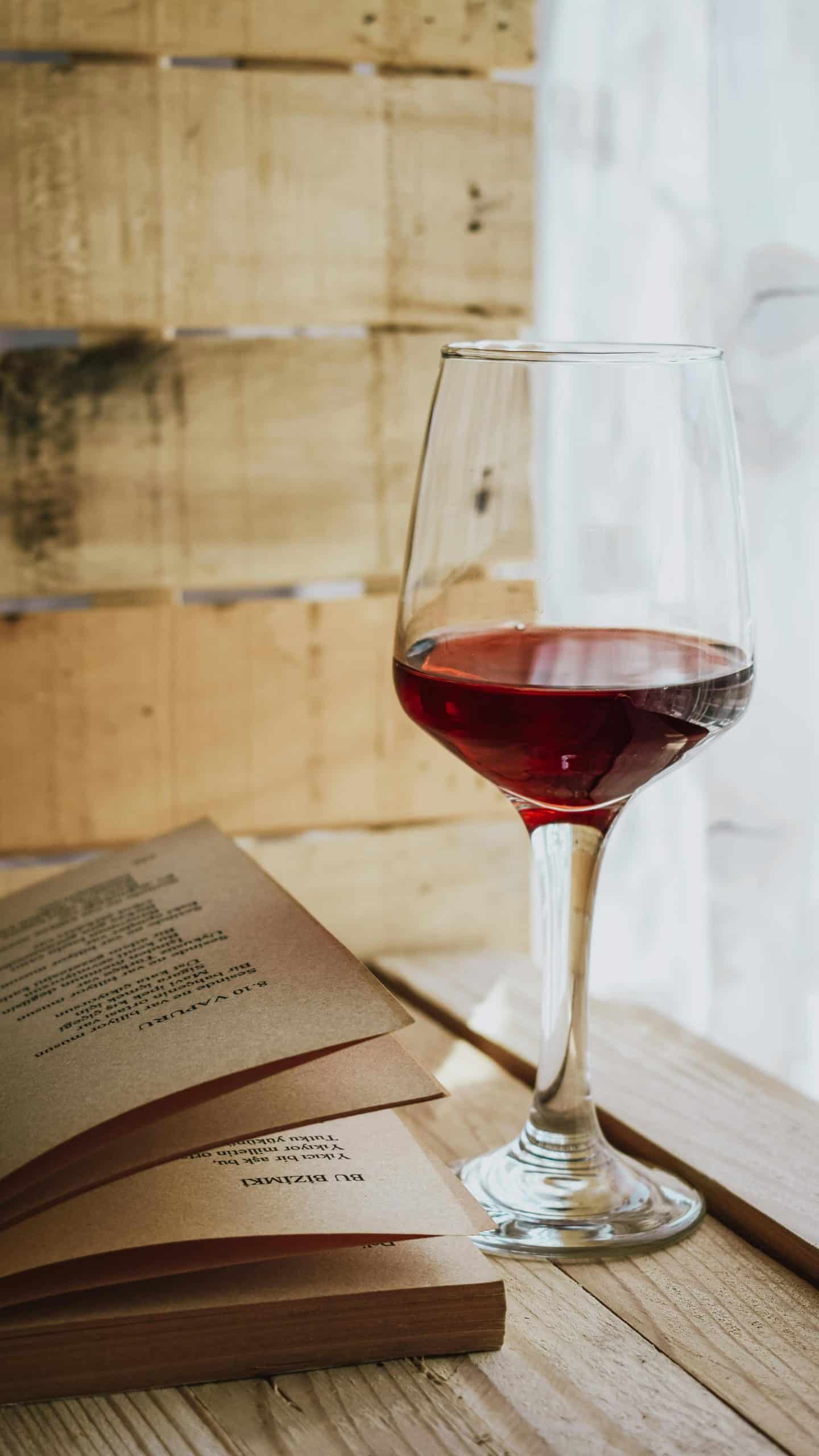 The perfect pairing? Wine and books
The perfect pairing? Wine and books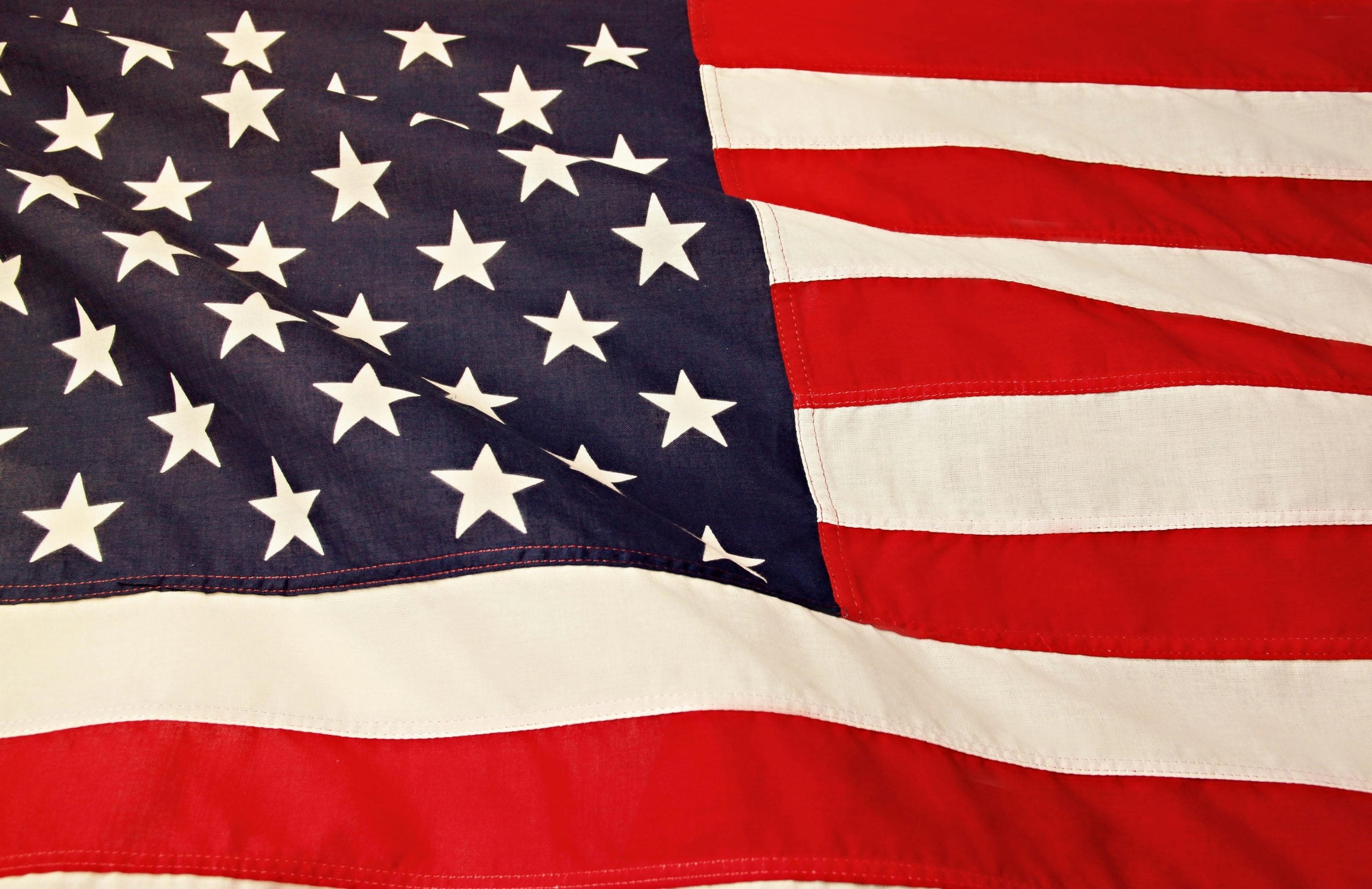 2025 was the year of Trump's tariffs – will 2026 be better for Italian wine in the US?
2025 was the year of Trump's tariffs – will 2026 be better for Italian wine in the US?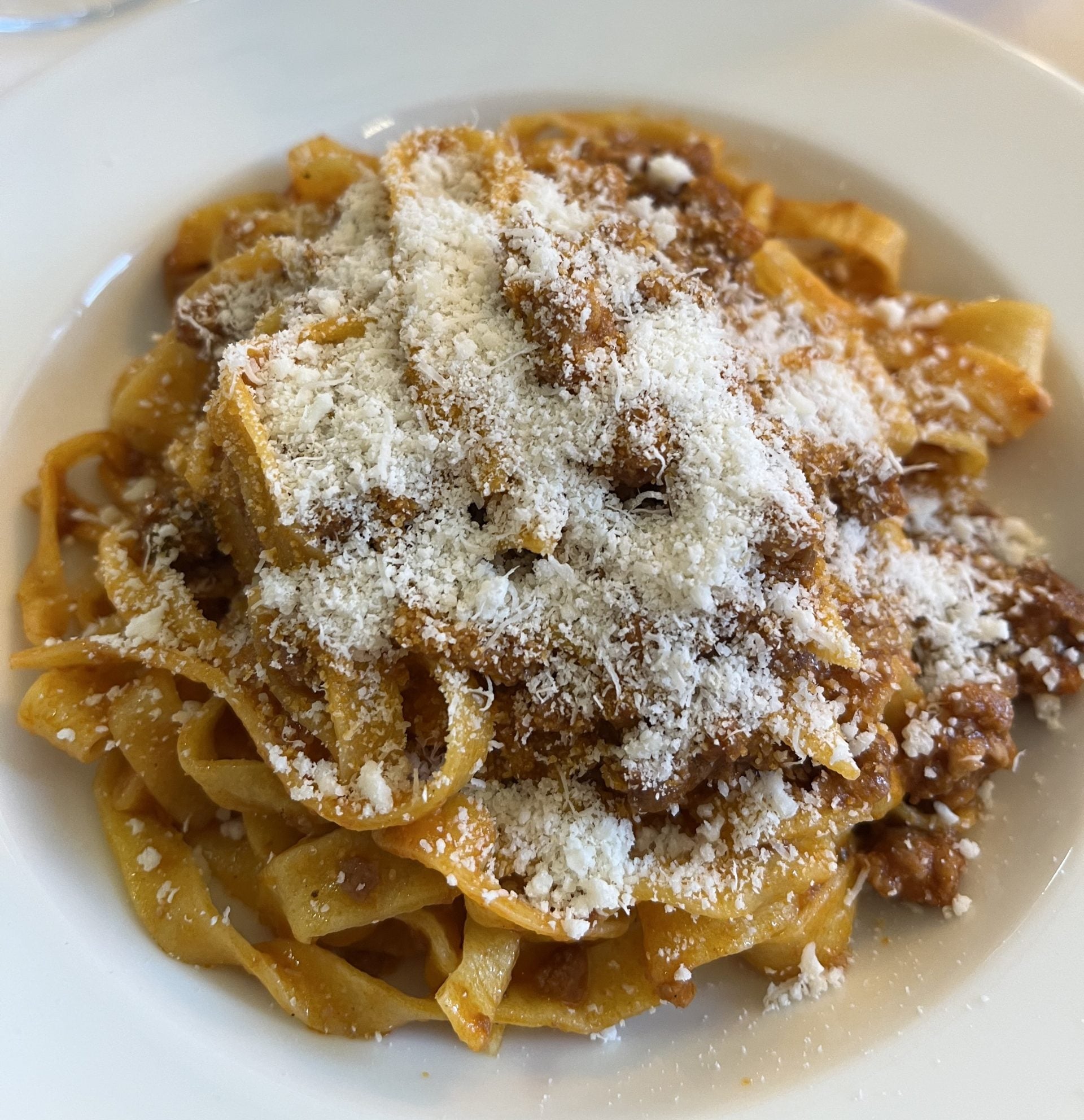 Italian cuisine recognised by UNESCO
Italian cuisine recognised by UNESCO

